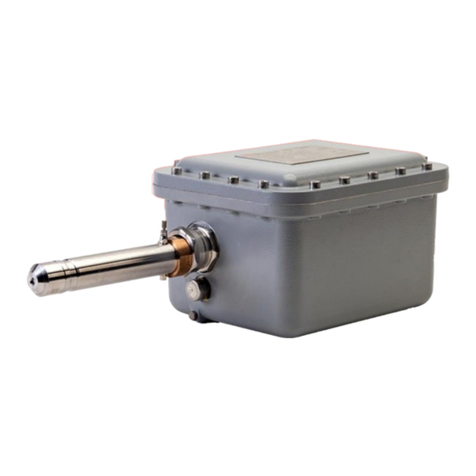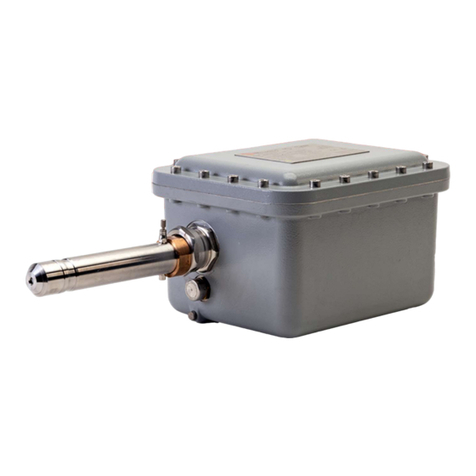User Manual Page 4
www.keit.co.uk DOC0535 10 July 2019, 16:56
6.1 Modbus communications ......................................................................................60
6.1.1 Configure Keit controller ................................................................................60
6.1.2 Holding registers............................................................................................62
6.1.3 Representation of data in Modbus .................................................................62
6.1.4 Modbus RTU tutorial......................................................................................63
6.2 Modbus TCP server..............................................................................................66
6.2.1 Getting started with Modbus TCP ..................................................................67
6.3 OPC-UA................................................................................................................68
6.3.1 Licensing the OPC-UA server........................................................................69
6.3.2 UaExpert client ..............................................................................................70
6.3.3 OPC address space.......................................................................................70
6.4 Controller administrator guidance .........................................................................73
6.5 Connecting the spectrometer to Camo Analytics’ Process Pulse ..........................74
7. Maintenance.....................................................................................................76
7.1 Service and support contacts................................................................................76
7.2 Preventative maintenance and service intervals ...................................................76
7.3 Protecting and cleaning the dip probe ATR element .............................................76
7.3.1 Cleaning instructions: infrared glass probes...................................................77
7.3.2 Cleaning instructions: diamond probes ..........................................................78
7.4 Cleaning prior to Sterilise-in-Place (SIP)...............................................................79
7.5 ATR and O-ring.....................................................................................................79
7.6 Cleaning the fibre optic data cable connectors......................................................79
7.7 Troubleshooting....................................................................................................82
7.8 Remote Health Check...........................................................................................83
7.8.1 Remote access..............................................................................................83
7.8.2 Sending data manually ..................................................................................84
8. Accessories......................................................................................................85
8.1 Sample cell...........................................................................................................85
8.2 Flow cell................................................................................................................86
8.2.1 Introduction....................................................................................................86
8.2.2 Safety ............................................................................................................86
8.2.3 Specifications and safety limits (flow cell) ......................................................87
8.2.4 Installation .....................................................................................................88
8.2.5 Maintenance..................................................................................................91





























